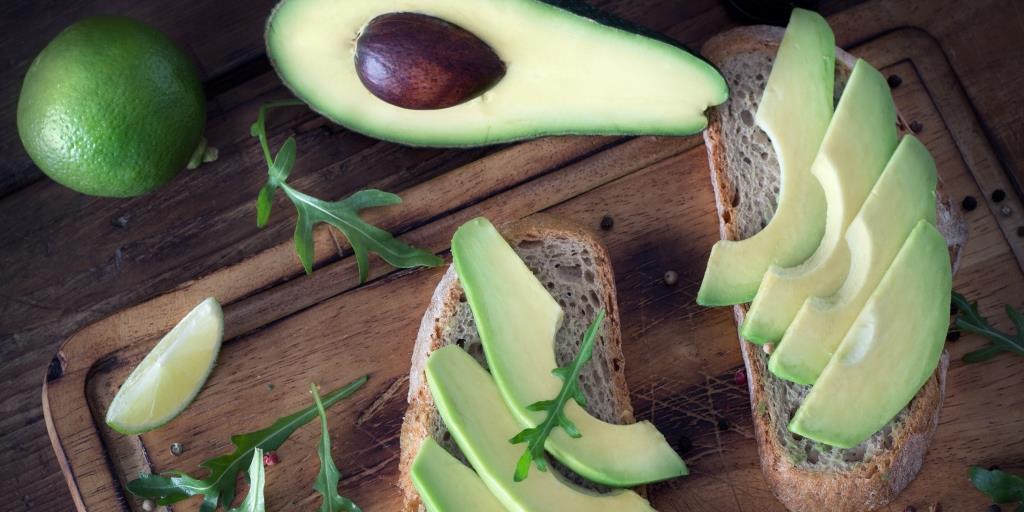Although it’s native to and largely associated with Mexico and South America, the avocado is inching its way out of its guacamole pigeonhole in the United States. There are the obvious uses—sliced and stacked on sandwiches or diced and tossed in green salads—and reasons to love the creamy, heart-healthy treat, but here are a few things you might not know and a handful of unexpected ways to incorporate avocados into your diet.
Below the Surface
The carotenoids that give avocados their green color and provide cancer-fighting antioxidants are most abundant in the dark-green flesh closest to the skin.
It’s the Pits
There are two good ways to remove the seed.
Beginner: Slice the avocado in quarters, working around the seed. Pull the segments apart, and use your fingers to remove the exposed pit.
Advanced: Slice the avocado in half lengthwise around the seed, and then twist the two halves apart. Swiftly tap the blade of a sharp knife squarely onto the pit so it wedges in securely. Gently twist the knife until the pit releases.
Nutrient Dense
Not only are avocados loaded with 20 essential nutrients including fiber, potassium (more than a banana), vitamin E and folic acid, they also help your body absorb fat-soluble nutrients from other foods when eaten together.
All the Ripe Moves
When Hass avocados—the most popular variety grown in the U.S.—are ripe, the alligator-like, dark-green skin will get darker (almost black) and the flesh will become slightly pliable. Encourage ripening by placing hard avocados in a brown paper bag at room temperature for two to five days. Add an apple or banana to the bag to speed up the process.

